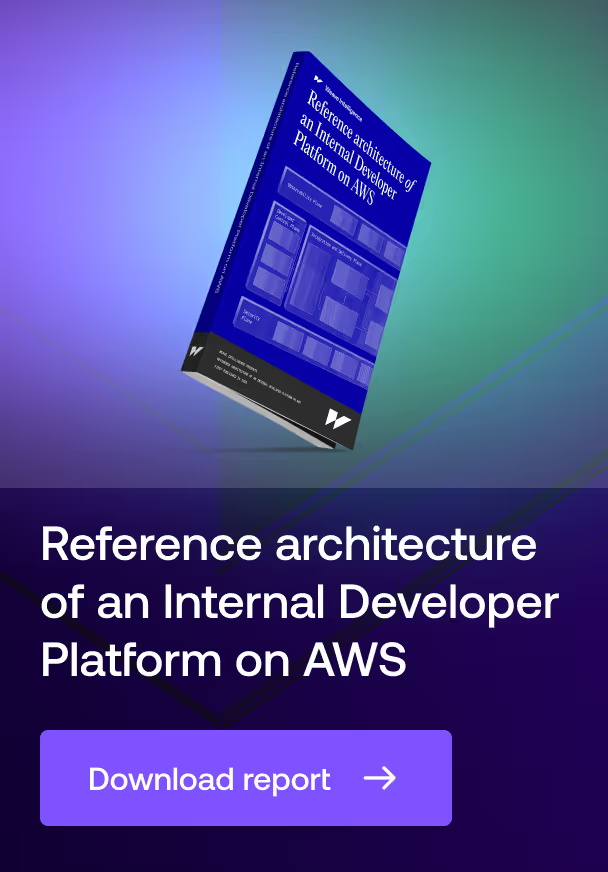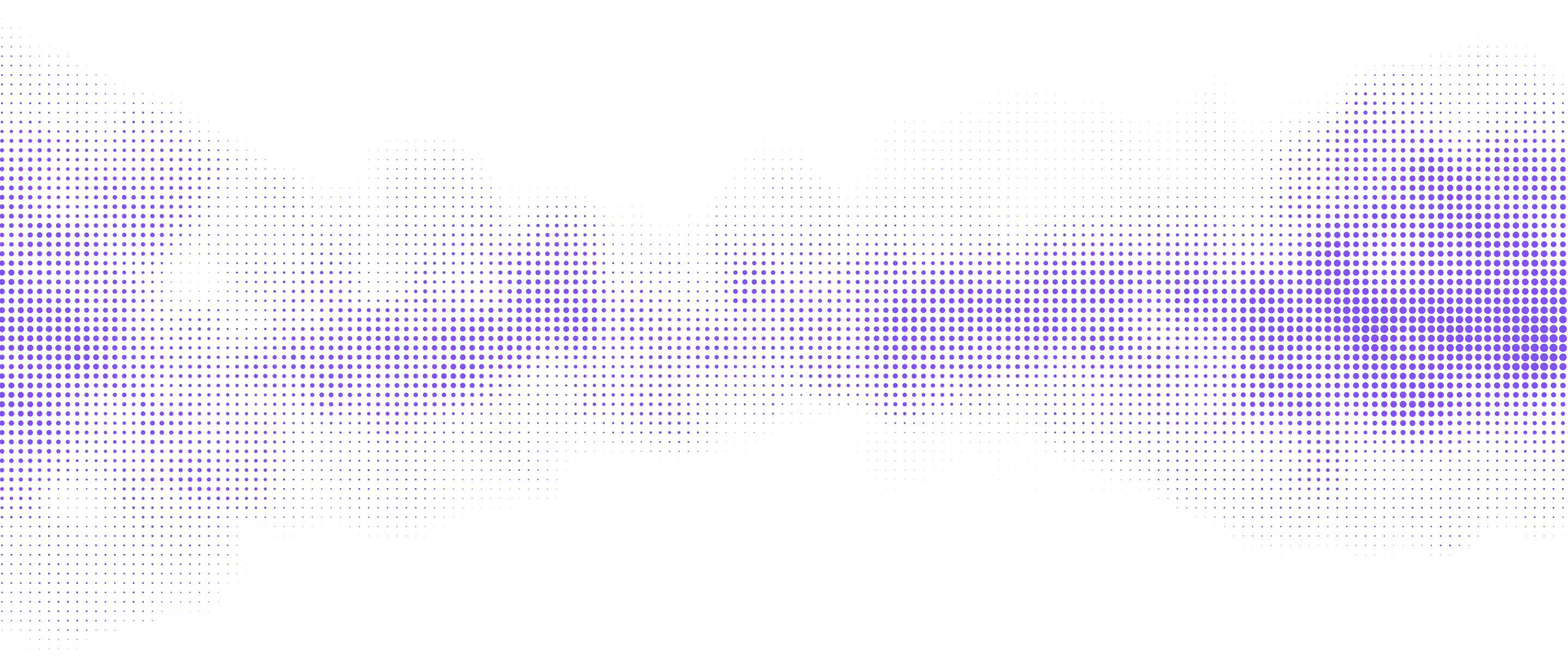Profile
PostgreSQL is an open-source object-relational database management system that provides enterprise-grade data storage and retrieval capabilities. With over three decades of continuous development, it offers a comprehensive feature set including ACID compliance, complex query support, and extensive data type handling. PostgreSQL's architecture enables both traditional relational database operations and modern JSON/document storage approaches. The system's core value lies in delivering commercial database capabilities including replication, high availability, and robust security without licensing fees, while maintaining complete source code access and freedom from vendor lock-in.
Focus
PostgreSQL addresses fundamental data management challenges by providing a unified platform for handling both structured and semi-structured data workloads. It solves the complexity of maintaining separate databases for different data types by supporting everything from traditional tables to JSON documents, spatial data, and vector embeddings within a single system. The database serves organizations requiring enterprise-grade reliability and performance without proprietary licensing constraints. Its extensible architecture enables customization for specific use cases while maintaining core data integrity and security, making it suitable for applications ranging from small web services to large-scale enterprise deployments.
Background
PostgreSQL originated in 1986 as the POSTGRES project at UC Berkeley under Professor Michael Stonebraker, aiming to create an extensible and object-relational database system. The project evolved into PostgreSQL in 1996, gaining SQL support and establishing its open-source development model. Today, the system powers critical infrastructure at organizations including NASA's International Space Station, Instagram's user data management, and Reddit's content storage. Development is governed by the PostgreSQL Global Development Group through a seven-member core team, with contributions from hundreds of developers worldwide maintaining the database's position at the forefront of database technology.
Main features
Advanced transaction management with MVCC architecture
PostgreSQL implements Multi-Version Concurrency Control (MVCC) to provide transaction isolation without read locks, enabling concurrent access to data while maintaining ACID compliance. This architecture maintains multiple versions of each row, allowing readers to see a consistent snapshot of data without blocking writers. The system supports multiple isolation levels including serializable for the strongest consistency guarantees, while write-ahead logging ensures durability and enables point-in-time recovery. This approach enables high-throughput transaction processing while maintaining data integrity, crucial for applications like financial systems and e-commerce platforms.
Extensible type system and indexing framework
The database provides a sophisticated type system that extends beyond basic SQL types, supporting arrays, composite types, ranges, and user-defined types. This extensibility enables custom data types and operators tailored to specific domains. The indexing framework supports multiple index types including B-tree, Hash, GiST, GIN, and BRIN, each optimized for different query patterns and data characteristics. This flexibility allows efficient querying across diverse data types, from traditional relational data to geometric objects and full-text search, while maintaining performance through appropriate index selection.
Robust replication and high availability architecture
PostgreSQL's replication system supports both physical and logical replication methods, enabling flexible deployment architectures for high availability and read scaling. Physical replication streams write-ahead log entries to maintain exact copies of the database, while logical replication allows selective replication of specific tables or rows. The system supports synchronous replication for zero data loss scenarios and asynchronous replication for improved performance. This architecture enables organizations to build resilient database clusters that maintain data availability even during hardware failures or maintenance operations.







